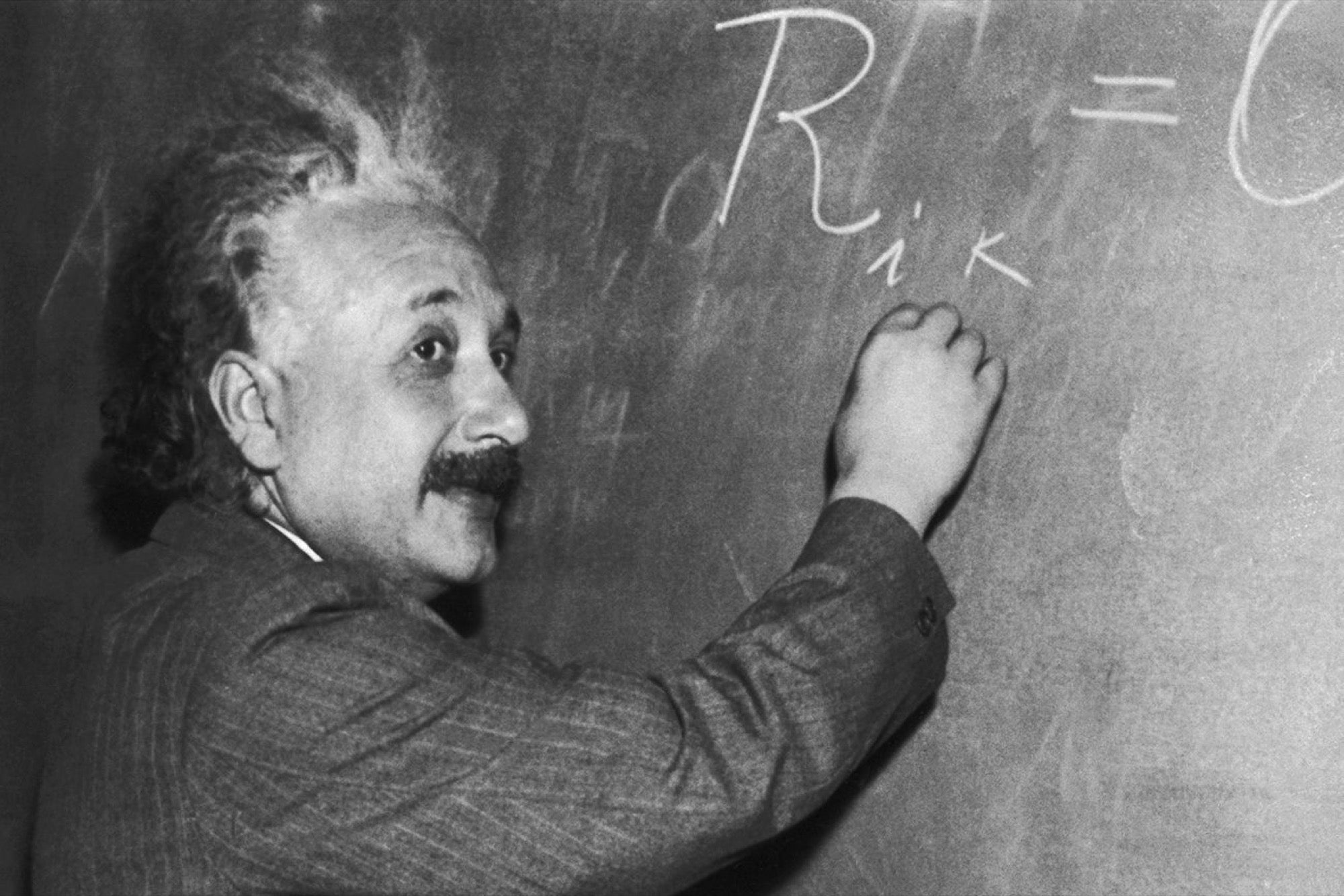Learn How To Prove Your Intellectual Capital With Visualize Value Founder Jack ButcherEntrepreneur Middle East and THEORY invite you to join Visualize Value founder Jack Butcher for a webinar on "Proving Your Intellectual Capital" on Wednesday, May 6, 2020 at 9.30pm GST.
You're reading Entrepreneur Middle East, an international franchise of Entrepreneur Media.

Entrepreneur Middle East andTHEORYinvite you to join Visualize Value founder Jack Butcher fora live and interactive discussion on "Proving Your Intellectual Capital"on Wednesday, May 6, 2020 at 9.30pm GST.
Having worked for 10 years in corporate advertising in New York City, Butcher noted how very little time was actually spent clarifying and articulating the value of specialized businesses—which is what he was really good at. That's when he took two years to buildVisualize Value, so that he could offer the expertise he gave clients like Mercedes-Benz, Michelin, Tiffany & Co., Unilever, and others to, well, people like you.
Entrepreneur Middle East readers can make use of the premium code "EME" to gain access to this exclusive webinar—however, there are limited seats, so save your spot today byclicking here. Learn more about what this discussion will entail in the article below.
Throughout history, a principal source of competitive advantage for businesses has been the ability to make tangible assets intangible (i.e. to convert cash and inventory into brand and goodwill). Today, an increasing source of competitive advantage is to move in the other direction, making intangible assets tangible (i.e. to convert intellectual capital into profit).
40 years ago, tangible assets of S&P 500 businesses were five times more valuable than intangible assets. Since then, computing power has upended the economy, and today, intangible assets are now the most valuable component of a defensible business model, outstripping the value of tangible assets by a factor of five-to-one.
Among the intangible assets of businesses, the most valuable is "intellectual capital," the specific knowledge that has accrued within an organization. Intellectual capital is the refined problem-solving process that has emerged from decades of trial and error. It is the deep working relationships that exist among the talent you have fostered for decades. It is the culture that drives your organization to serve your customers better.
We cannot accurately assign a monetary value to any of these individual components, but when they are brought together, they have an exponential effect on the tangible value of a business. Intellectual Capital is unquantifiable, but its value is indisputable.
Put succinctly, it is the way a business thinks.
The problem with thinking is you cannot see it.
The better businesses can access their intellectual capital, the greater advantage they have. The key to accessing that capital is communication.
Indeed, the growth of any business rests upon its ability to communicate.
Customer acquisition is a communication problem.
Product development is a communication problem.
Shareholder confidence is a communication problem.
Many of these objectives are assigned as the responsibility of internal marketing departments that rarely have a perspective wide enough to articulate the nuances of a business's intellectual capital.
These problems are interconnected, and the task of solving them is not just a communication dilemma demanding written solutions. It's also an engineering endeavor demanding technical execution, in particularthe ability to communicate visually.
Businesses today rely less on physical interaction for the transmission and implementation of ideas. Instead, they make intellectual capital tangible through a process of visual engineering.
In all engineering endeavors, there is a defined relationship between design and result. A bridge designed to hold five cars will collapse under the weight of ten. The same dynamics apply to visual communication as an engineering discipline. Without the right design system in place, the consequences are dire: customers don't understand what they're buying, teams don't know what they're building, and shareholders don't know why you're building it.
In the same way, bridges can be tested when they are modeled, ideas can be tested when they're made tangible. Doing so increases:
- Thevelocityof ideas because people process images more quickly than text
- Thedurabilityof ideas because people can recall images more effectively than text
- And theamplitudeof ideas because visuals transcend language barriers.
The more accessible an idea, the more it can be leveraged.
The more it can be leveraged, the more value it can create.
Be a part of the discussion with Jack Butcher byclicking here--Entrepreneur Middle East readers can make use of the premium code EME to gain access to this session.













